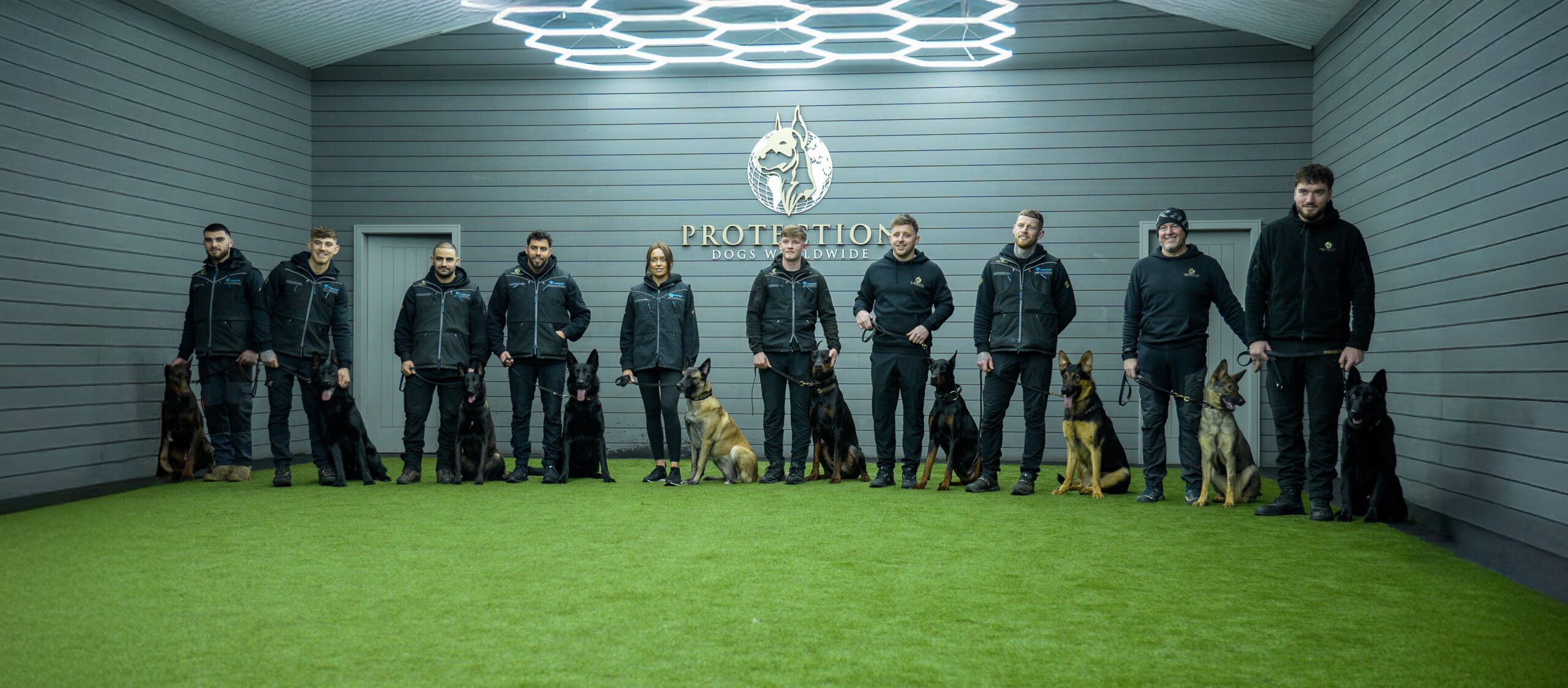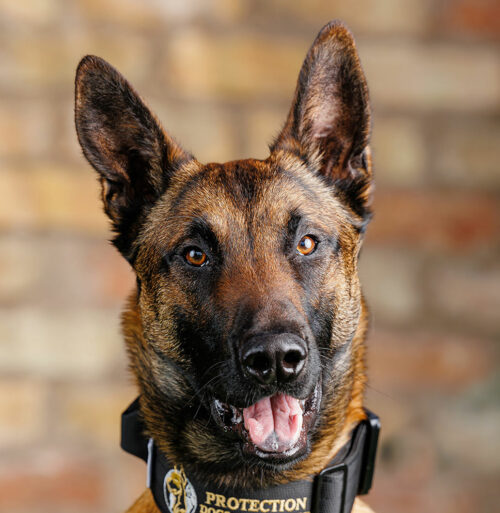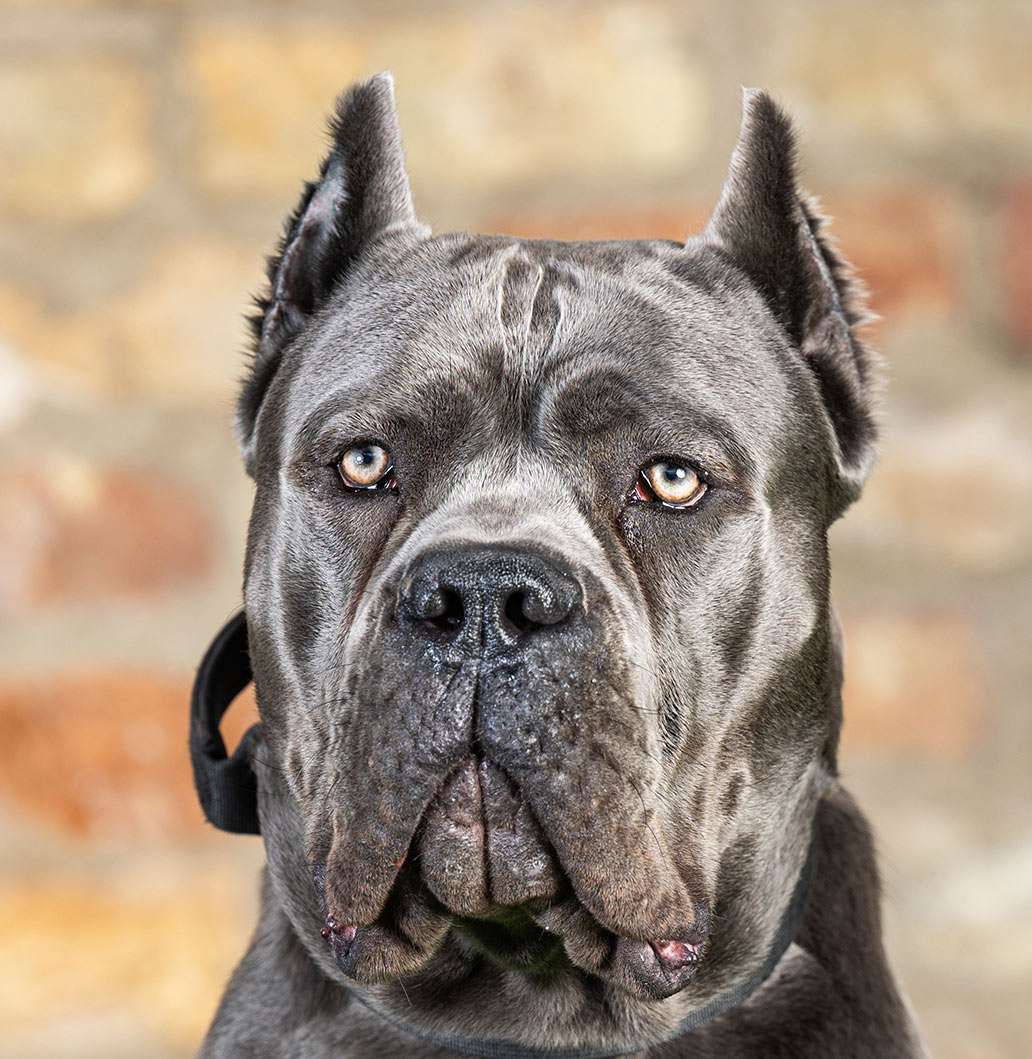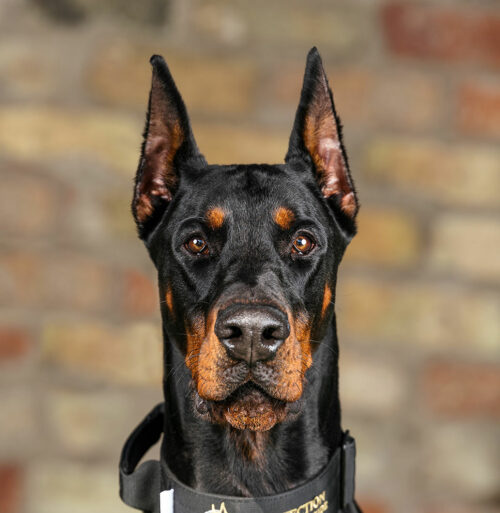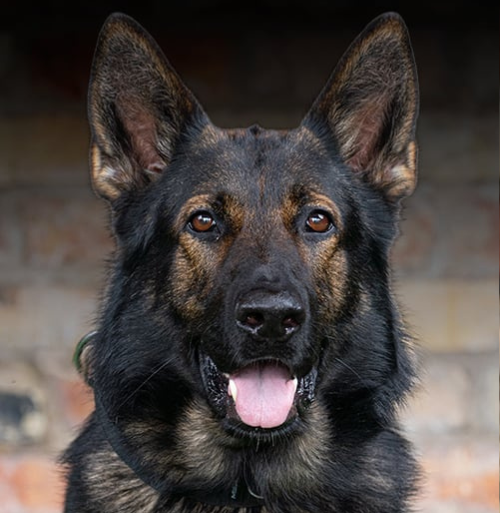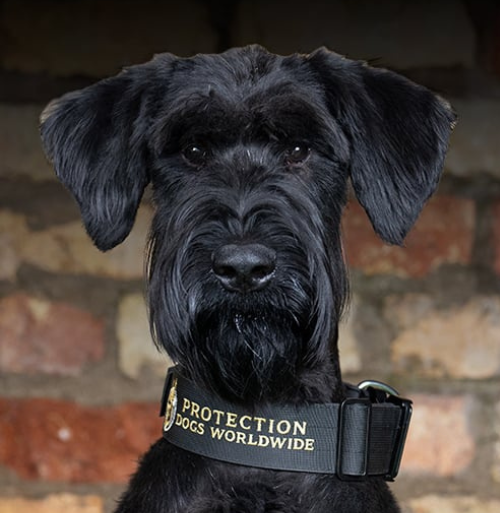18 May 2023
Police forces around the world have made extensive use of dogs for hundreds of years. With their enduring utility, it is hard to imagine the police dog as a capability which could ever become obsolete. Broadly speaking, police dogs have two functions which occasionally overlap: protection and detection. In the US police dogs will often be able to offer both capabilities whereas in the UK they are usually separated.
Protection work hinges on a police dog’s ability to bite a suspect, as well as its resulting deterrence. While sometimes incorrectly viewed as an escalation of force, deploying bite-trained police dogs is often a highly effective way to de-escalate a range of volatile situations. More often than not, individuals will prefer to submit to arrest or disperse from a given area than face down a police dog they know is capable of inflicting severe bites. When live bites do occur, this will only be when other options have been exhausted or reasonable warnings to comply have been ignored. The most common breeds for protection are German, Belgian, and Dutch Shepherds.
Detection dogs will be used to search for people or particular substances and items such as narcotics, explosives, firearms, tobacco, cash, and even SIM cards. These dogs will follow a scent trail and indicate on it in a manner that they have been trained, i.e. sitting and staring or barking in the presence of a human. Apart from protection-trained German, Belgian, and Dutch Shepherds, a number of other breeds are often used for detection work. These include Cocker Spaniels, the Labrador Retriever, Pointer, Bloodhound, and Beagle. A key benefit detection dogs offer is their ability to search large areas far more quickly, efficiently, and thoroughly than humans. When time is of the essence, such speed can be the difference between life and death, i.e. when tracking vulnerable missing people.
While we are often asked if a retired police dog might make a good personal or family protection, the answer is always an emphatic no. Personal or family protection dogs primarily work in the home, and as such must be trained and conditioned for the circumstances and stimuli they will encounter in such settings. In contrast, police dogs generally live in kennels rather than a home and primarily only interact with their handler. The jump between these types of work is too large to be surmountable. Instead, it is much better to keep each dog focused on what it was trained to do.
 English
English
